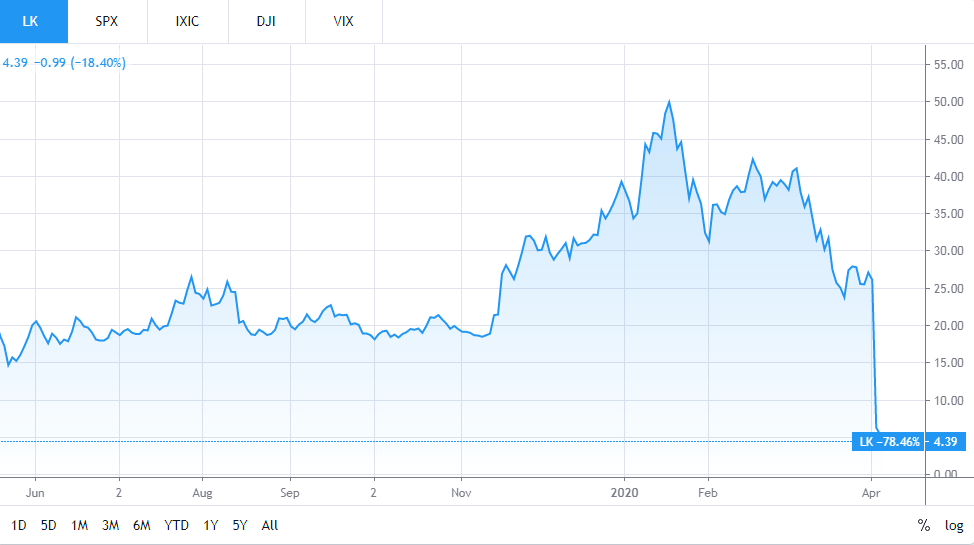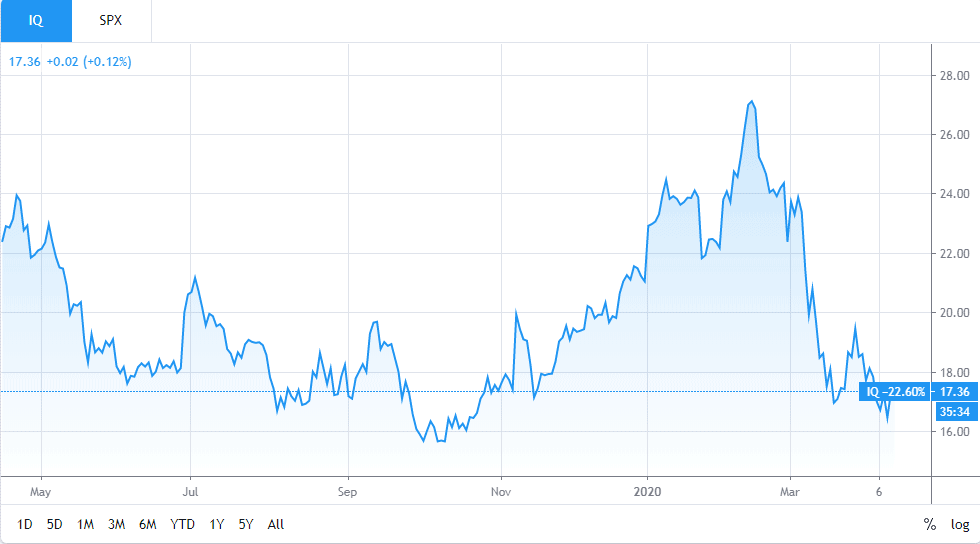The disclosure of the fraud by Luckin Coffee has had an adverse effect on the majority of Chinese companies listed on United States exchanges, Financial Times reported on Sunday.
“It makes you question the whole system, honestly,” the Citron Research founder Andrew Left told the FT. “It just shows you the lack of controls; you obviously know this wasn’t done by just one person.”
The steady growth of Luckin led to the Chinese coffee chain surpassing Starbucks in terms of numbers of stores operating in China at the end of last year. Some of the reputed investors in Luckin include Blackrock Inc. and Singapore sovereign wealth fund GIC Pvt. Ltd.
However, in late January, short-seller Muddy Waters Research warned of rigged numbers in the company’s balance sheet. An investigation by internal auditor Ernst & Young revealed earlier this month that chief operating officer Jian Liu engaged in securities fraud.
Last week, Luckin Coffee disclosed that an internal investigation found that its chief operating officer fabricated 2019 sales by about 2.2 billion yuan ($310 million). Following the disclosure, Luckin stock dropped more than 80% and trading has been temporarily halted since.
Since then, other Chinese companies have come under increased scrutiny as well.
Last week, Beijing-based subscription video-on-demand service iQIYI Inc. made headlines for misrepresenting numbers as well since before its initial public offering in New York. Baidu Inc.’s subsidiary is often referred to as the “Netflix Inc. of China.” but this news will surely affect its standing with investors.
IQIYI was spun-off from Chinese search market leader Baidu in a March 2018 IPO, with ADR shares offered at $18 each. Its stock traded up 3.22% at $17.30 per ADR on Tuesday, but slipped to $16.68 after hours of the news breaking out. At the closing price, the company has a market capitalization of $12.7 billion.
Investors have since been urged to be more sceptical of firms’ quarterly earnings reports, which may contain “numerous errors, unsubstantiated statements and misleading conclusions and interpretations.”
Trusted & Regulated Stock & CFD Brokers
What we like
- 0% Fees on Stocks
- 5000+ Stocks, ETFs and other Markets
- Accepts Paypal Deposits
Min Deposit
$200
Charge per Trade
Zero Commission on real stocks
64 traders signed up today
Visit Now67% of retail investor accounts lose money when trading CFDs with this provider. You should consider whether you can afford to take the high risk of losing your money.
Available Assets
- Total Number of Stocks & Shares5000+
- US Stocks
- German Stocks
- UK Stocks
- European
- ETF Stocks
- IPO
- Funds
- Bonds
- Options
- Futures
- CFDs
- Crypto
Charge per Trade
- FTSE 100 Zero Commission
- NASDAQ Zero Commission
- DAX Zero Commission
- Facebook Zero Commission
- Alphabet Zero Commission
- Tesla Zero Commission
- Apple Zero Commission
- Microsoft Zero Commission
Deposit Method
- Wire Transfer
- Credit Cards
- Bank Account
- Paypall
- Skrill
- Neteller
What we like
- Sign up today and get $5 free
- Fractals Available
- Paypal Available
Min Deposit
$0
Charge per Trade
$1 to $9 PCM
Visit Now
Investing in financial markets carries risk, you have the potential to lose your total investment.
Available Assets
- Total Number of Shares999
- US Stocks
- German Stocks
- UK Stocks
- European Stocks
- EFTs
- IPOs
- Funds
- Bonds
- Options
- Futures
- CFDs
- Crypto
Charge per Trade
- FTSE 100 $1 - $9 per month
- NASDAQ $1 - $9 per month
- DAX $1 - $9 per month
- Facebook $1 - $9 per month
- Alphabet $1 - $9 per month
- Telsa $1 - $9 per month
- Apple $1 - $9 per month
- Microsoft $1 - $9 per month
Deposit Method
- Wire Transfer
- Credit Cards
- Bank Account






